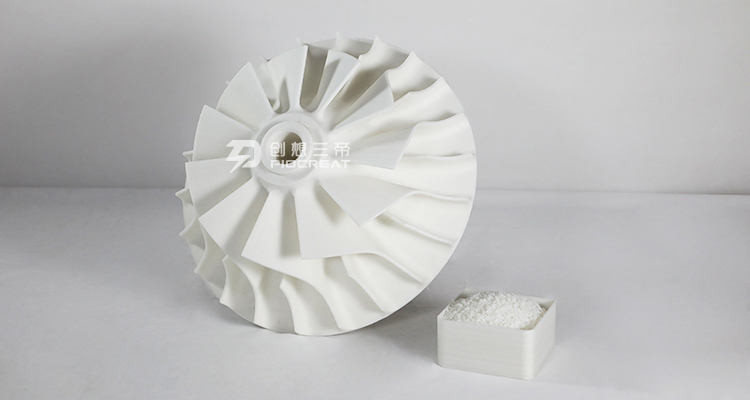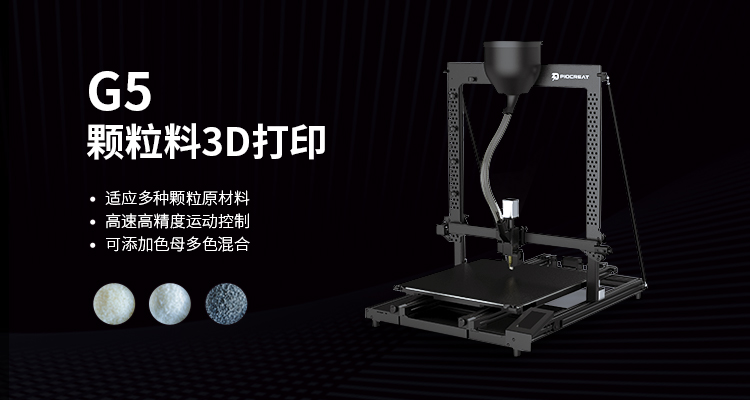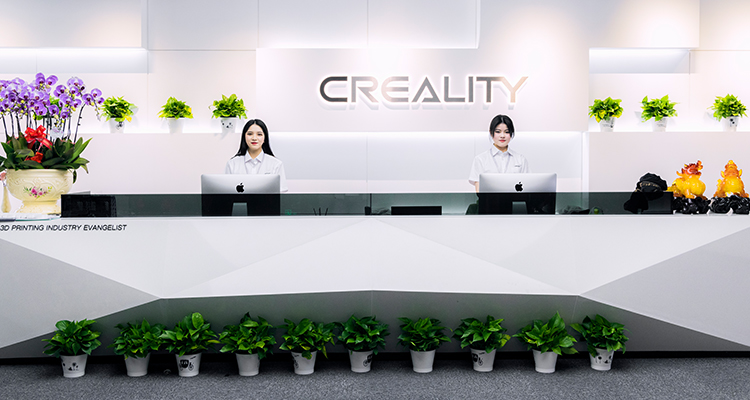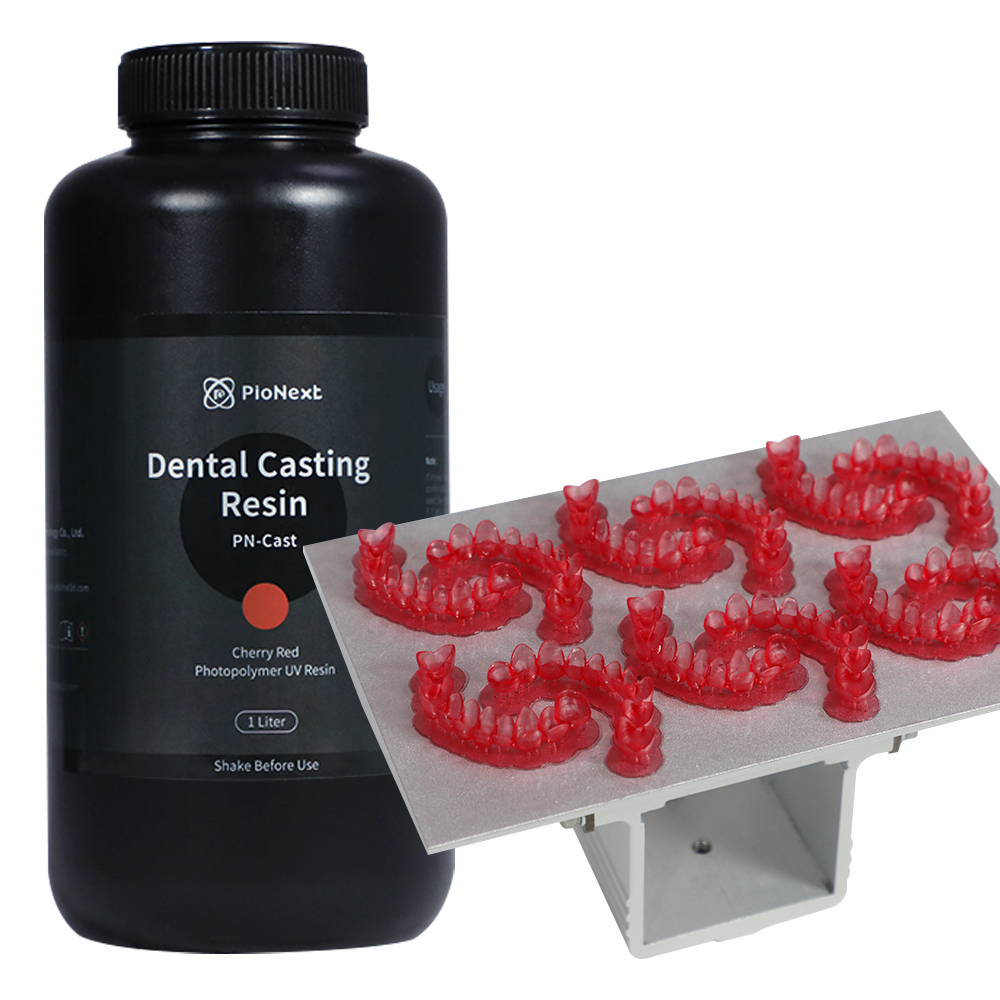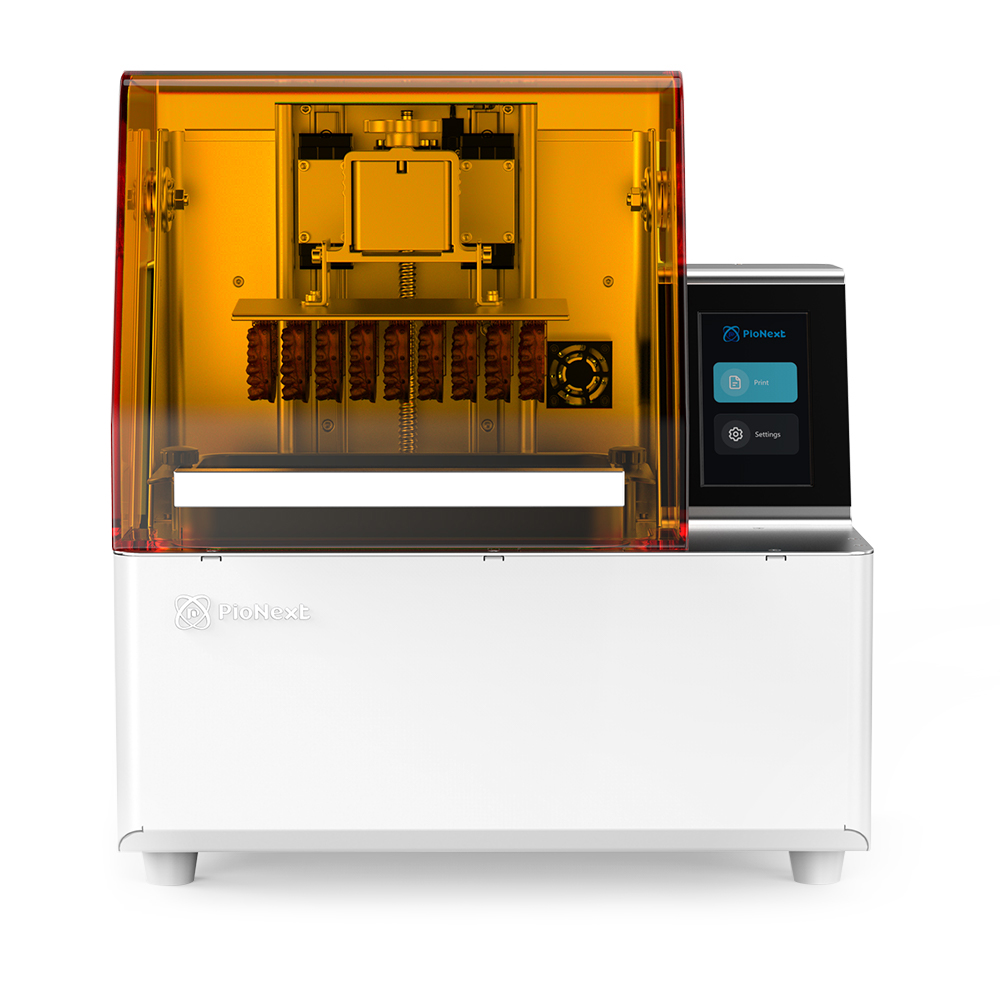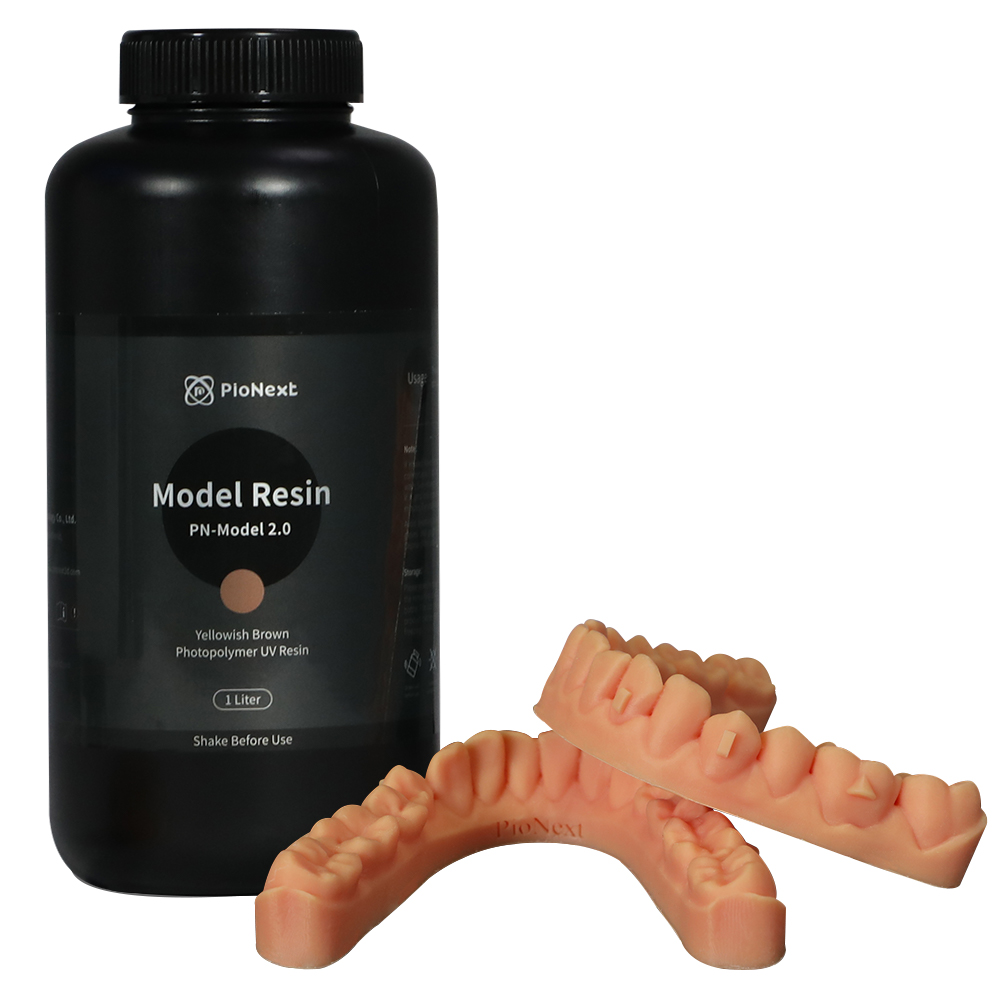What is particle 3D printing? Particle additive manufacturing or particle 3D printing, sometimes called fused particle manufacturing (FGF), is a variant of fused deposition modeling (FDM, or FFF for fused filament manufacturing), which uses particles as raw materials instead of Filament. Although filaments are suitable for most 3D printing applications,
particle 3D printing has a place in prototyping and large format printing, which can provide important advantages such as lower costs and faster build speeds.
However, to use pellets as a raw material, a special type of extruder different from that on FDM printers is required.
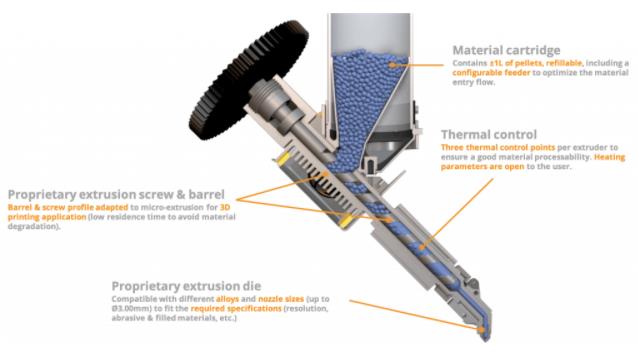
Particle 3D printing draws on all aspects of plastic molding processes such as FDM and injection molding. Like FDM, it builds parts layer by layer by extruding molten material from nozzles connected to a computer-controlled print head. The difference between it and FDM is that it is more similar to injection molding, in that it feeds raw materials into the nozzle through a screw and barrel system. In this system, particles are sent by gravity from a hopper into a heated barrel, where they melt and are pushed toward the nozzle by a reciprocating screw (or auger). Compared with FDM, the particle additive manufacturing speed is fast and the nozzle diameter is large, but there are deficiencies in accuracy and resolution.
Granular raw materials
Mass-produced thermoplastic particles, which can also be called pellets or granules, are usually spherical or cylindrical with a diameter of a few millimeters.
Many plastics (as well as metals and composites) are manufactured in pellet form, and pellets are usually 1 to 5 times cheaper than equivalent 3D printer filaments. Because other plastic manufacturing processes such as injection molding and plastic extrusion require pellets, pellets are ubiquitous and affordable.
Advantages of particle 3D printing
Compared with FDM, the advantages of particle 3D printing include large-format 3D printing and lower material costs.
Material costs
Mass production of pellets is simple and economical, so the retail price is low. Filament is more expensive because it requires longer production time (usually extruded from pellets) and provides a high degree of convenience for FDM users.
Material range
A wide variety of plastics are available in pellet form, including many recycled plastics, and due to their chemical composition, certain materials are easier to pelletize than filaments.
Qualified material
Granular raw materials are widely used in traditional manufacturing processes, such as plastic injection molding. Therefore, manufacturers who are already using pellets-and materials that they already meet the requirements of their applications-can use the exact same materials in their pellet additive manufacturing systems.
Large format printing
The particles can be continuously fed into the hopper without interruption of printing, which is very useful for printing large objects. Conversely, if more than one spool is required for large-format printing, the wire must be replaced during the printing process, which may cause defects.
Fast printing
The pellet extrusion with a barrel and screw system can achieve fast flow rate and deposition rate. The nozzle can also have a wider diameter, which allows more material to be extruded in a shorter time. Piocreat3D, a pellet 3D printer manufacturer, estimates that the maximum throughput of pellet extruders may be 80 times that of filament extruders.
Limitations of particle 3D printing
3D printing filaments are expensive for a reason: it can achieve levels of control and precision beyond the capabilities of particles.
Resolution and complexity
Particle 3D printing cannot achieve a resolution comparable to FDM. For a typical machine, the minimum layer height achievable for particle printing is about 1 mm (1000 microns). The complexity of the parts is limited, and it is impossible to drape.
flow control
The use of a reciprocating screw to melt and extrude plastic is very suitable for pumping out large amounts of material, but it provides a lower level of control compared to a stepper motor filament extruder. For example, the extruded material cannot be recovered, which can lead to oozing.
Machine size
Particle extrusion systems can be heavy and take up a lot of space, which makes them less convenient than some FDM printers.
Who is suitable for particle 3D printing?
3D printer users who find themselves limited by FDM throughput, construction envelopes, or material costs may find that particle 3D printing is a better choice for them—as long as they are willing to sacrifice resolution and part complexity. Manufacturers who already use pellets on other production machines can also benefit from adding pellet 3D printers to their arsenal because they can use the same qualified materials in different systems.
Pellet 3D printers have a wide price range and can provide solutions for casual, professional and industrial users.

